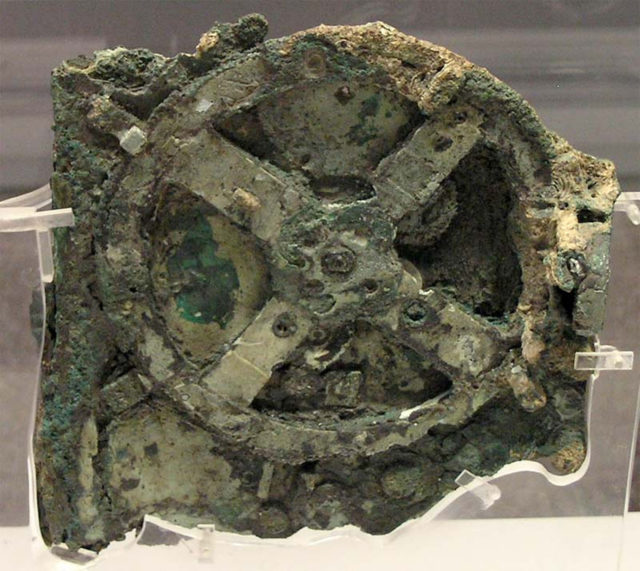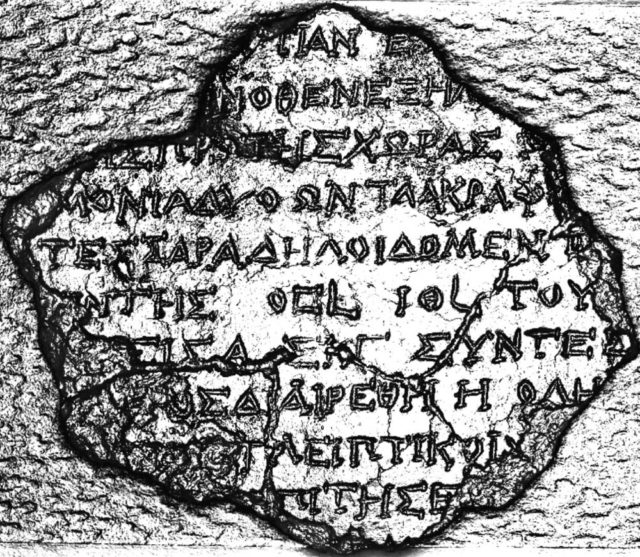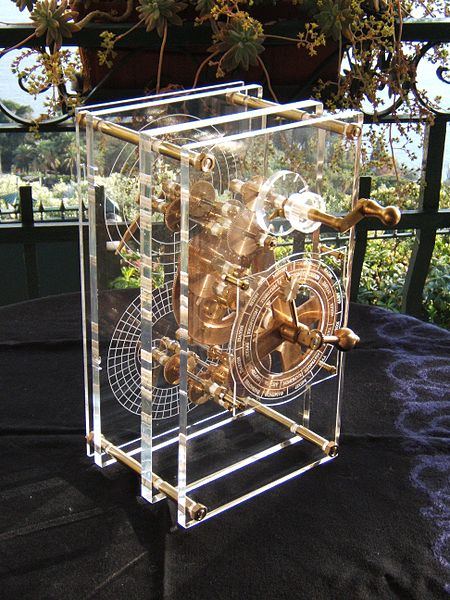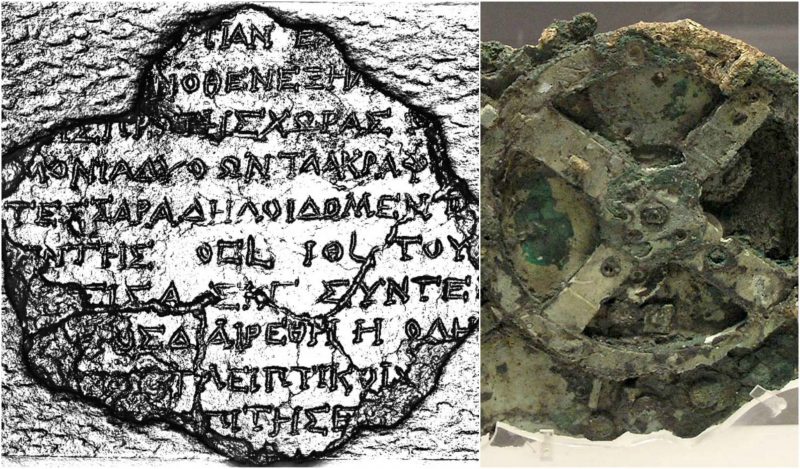The significance of user manuals in the modern world is no secret; there is hardly any mechanical device of any sort which does not come with a user instruction manual. Not many people are aware of the fact that the phenomenon of producing a user manual with a sophisticated device is not a recent invention; ancient people presumably carried the same passion for making lives easy for the consumers.

More than a century ago, an astonishing discovery perplexed the archaeologists for its sheer futuristic application; the finding challenged all traditional notions about ancient Greek knowledge. Named after the Greek island near which the mechanism was discovered; the Antikythera is world’s first mechanized computer invented by ancient Greeks.
For the last hundred years, scientists struggled to fully decipher the etching written all over the mechanism which was speculated to be the names of various parts; they can’t be more wrong. Now researchers have successfully deciphered a quarter of the writings on Antikythera thanks to modern scanners; they are now able to see where previous technology could not catch the etchings.

The 2100 years old mechanical device was discovered in 1901 from the Antikythera shipwreck, by sponge divers off the Greek island in the Aegean Sea; and has baffled historians and archaeologists alike. The mechanism was initially thought to be the predictor of astronomical events; it was believed to have been built to determine the position of sun and planets and tracking the movement of the moon, while accurately predicting the eclipses.
Recent researches into Antikythera have allowed us to not only fully understand the mechanics of the ancient computer, but to also enhance our knowledge about the technologies that people possessed at the time it was first constructed more than two millennia ago. The writings etched on Antikythera, according to the researchers are on one hand the user manual of the mechanism, while at the same serving as a guide of cosmos for inquisitive minds of the antiquity.
To begin with, the archaeologists were only able to decipher a fraction of the inscription on Antikythera, which gave them enough information about the scale of significance it carried with it. The lack of advanced scanners and getting the enough etching deciphered had always been a challenge for the researchers. Modern technology scientists working on Antikythera are finally able to formulate a narrative deciphering 3500 characters etched on bronze gears and plates that make up the most of the mechanism.

Alexander Jones, the professor of history at New York University said that information extracted from the Antikythera prior to the latest scans was like an important radio message with a lot of static. However, with the help of latest imaging says Alexander Jones, researchers were able to clear a lot of that static and build a better picture with more pixels explaining the true nature of Antikythera.
The discovery is perhaps the biggest game changer in terms of understanding ancient mind, especially the technological abilities of the Greeks. This is partly because of the reason that very little is known about the Greeks’ manufacturing and technological skills; Antikythera writings definitely provide an informed perspective on the matter.
